Cupra’s new Exponential Experience – which allows people to drive a real electric racing car around a digital course seen using virtual reality (VR) goggles – has “huge potential to do things that nobody has done before” in both real and virtual motorsport, and elsewhere.
That’s according to former World Touring Car Championship racer Jordi Gené, who helped Cupra’s motorsport division develop the ‘phygital’ – merging physical and digital – system.
The Exponential Experience is built around the 430bhp Urban Rebel concept, which previews the forthcoming 2025 entry-level Raval hatchback but is in effect a purpose-built electric racing car.
While it can be driven normally, the car is also fitted with a VR headset, which then projects a digital reconstruction of a Barcelona street circuit into the driver’s vision.
It uses what Cupra calls a ‘reality loop’ system, so drivers can run over boost tokens on the digital track to give the car a real-world power boost.

Geofencing is used to ensure the car remains safe when the driver is unable to see the real world, and a co-driver is also able to stop the car.
Cupra has developed the concept in response to the rising popularity of gaming culture, with the idea that it serves as a potential way to merge real and digital motorsport in future.
Gené said a key development focus was on ensuring the virtual world was synchronised with the real-world sensations the driver experiences.
He said: “Normally when you use a simulator to test or learn a circuit, you know you’re in a simulator because your body isn’t moving properly. But with this, when you push, the car will slide for real, and the sensations are real. So you can learn a track with the real experiences.

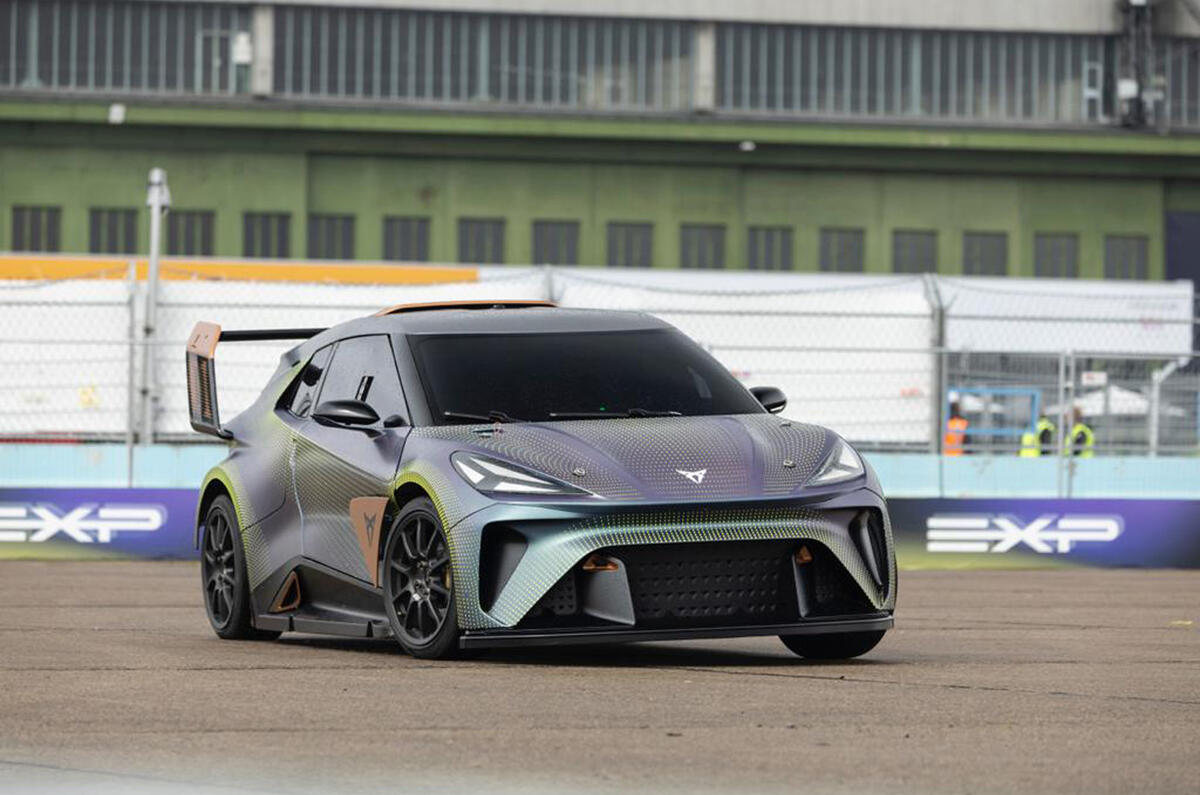
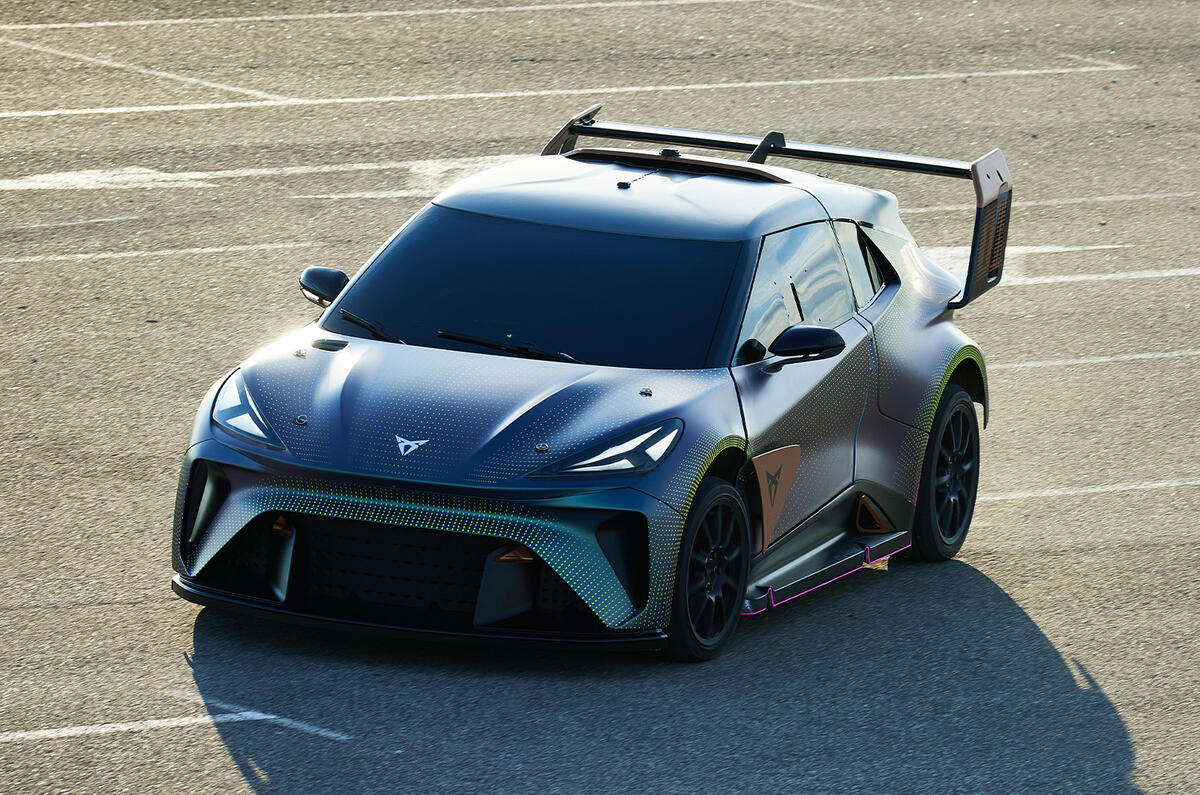
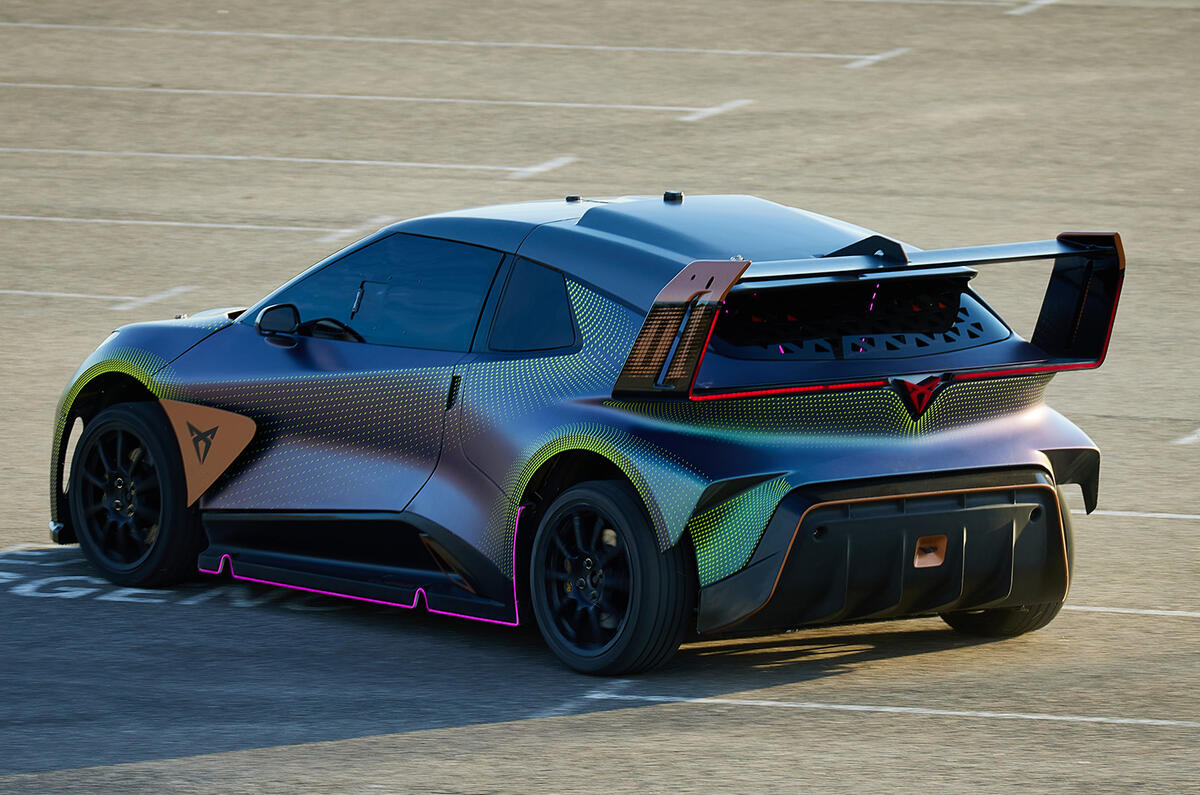
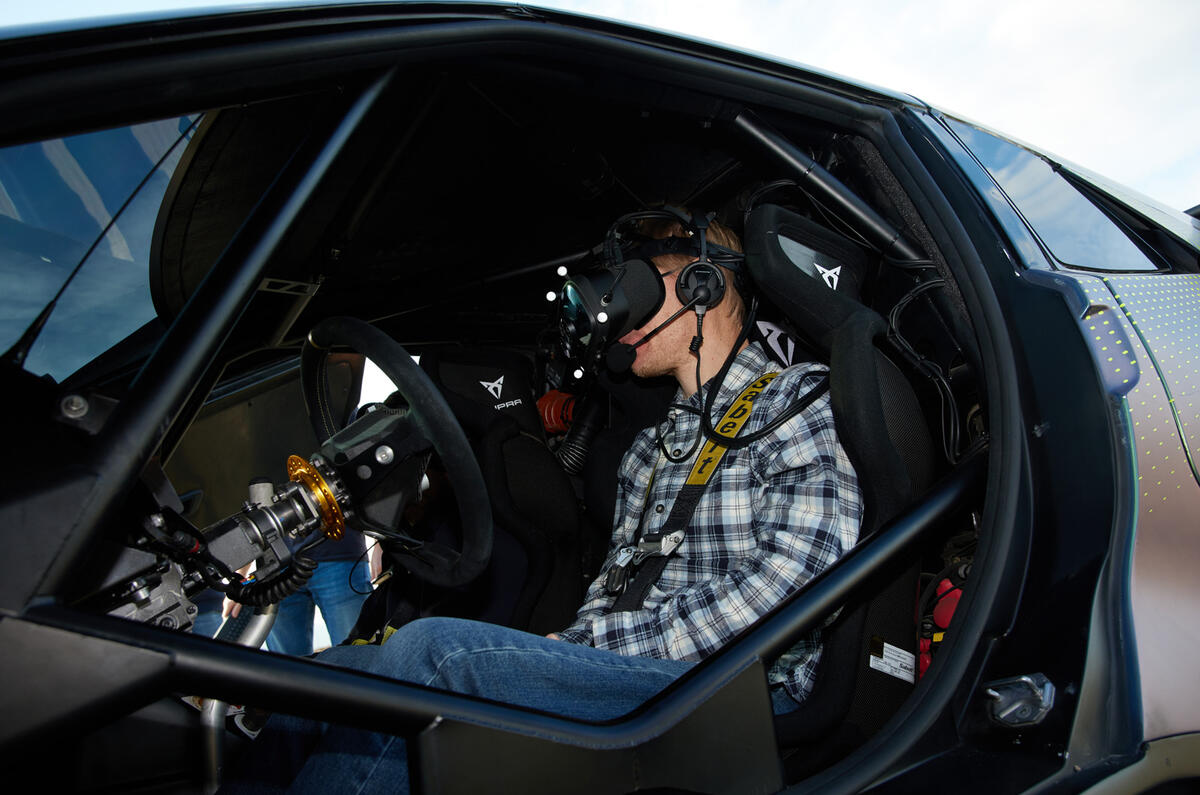
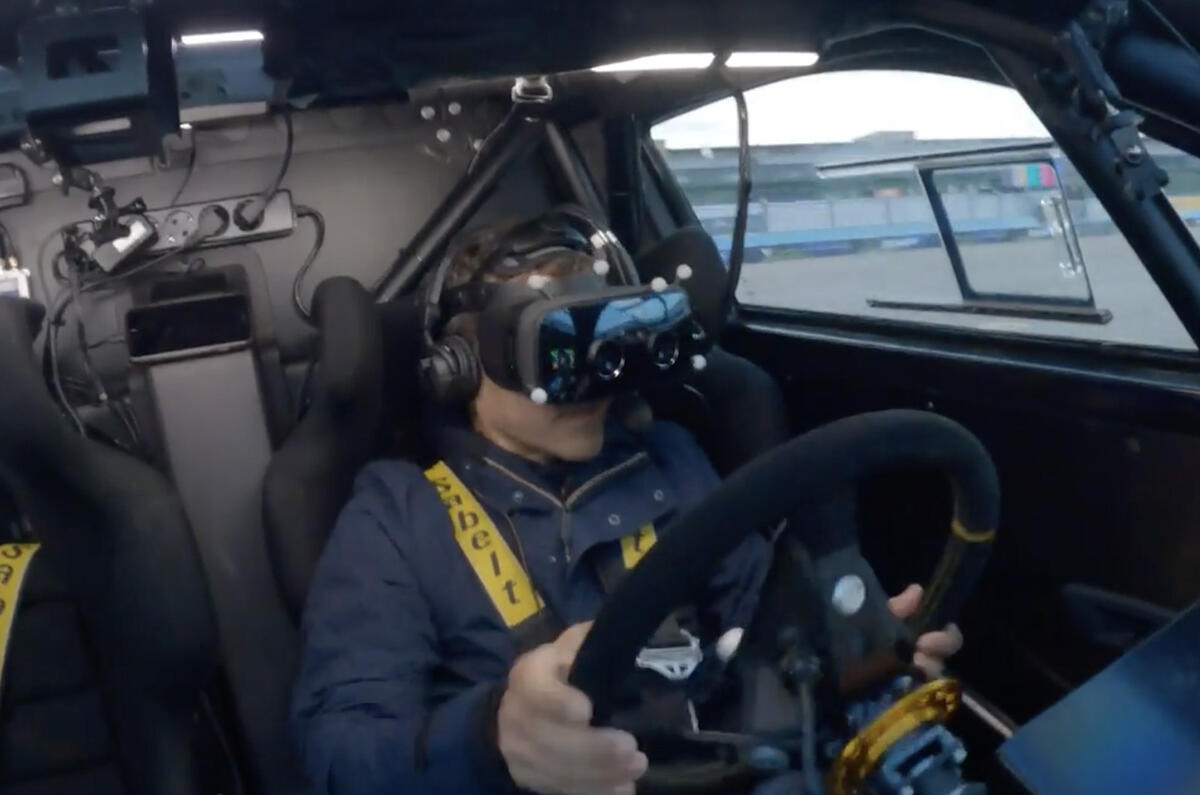
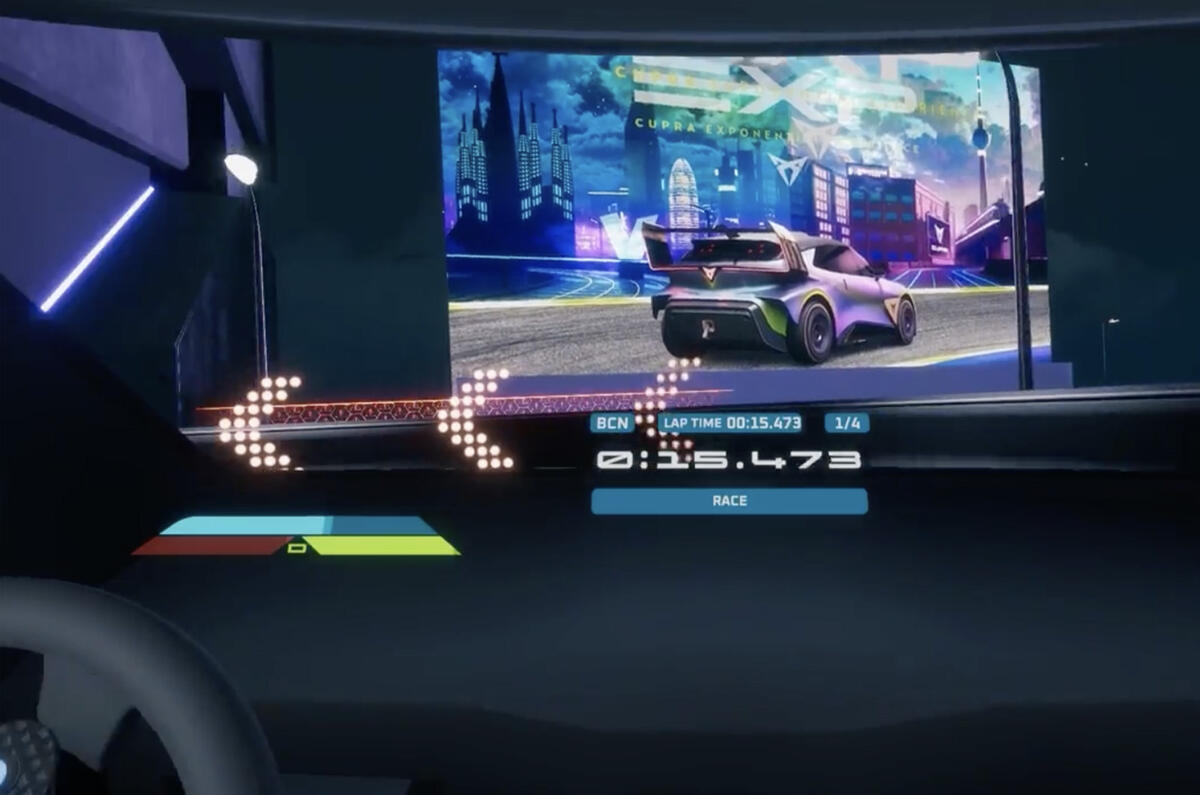
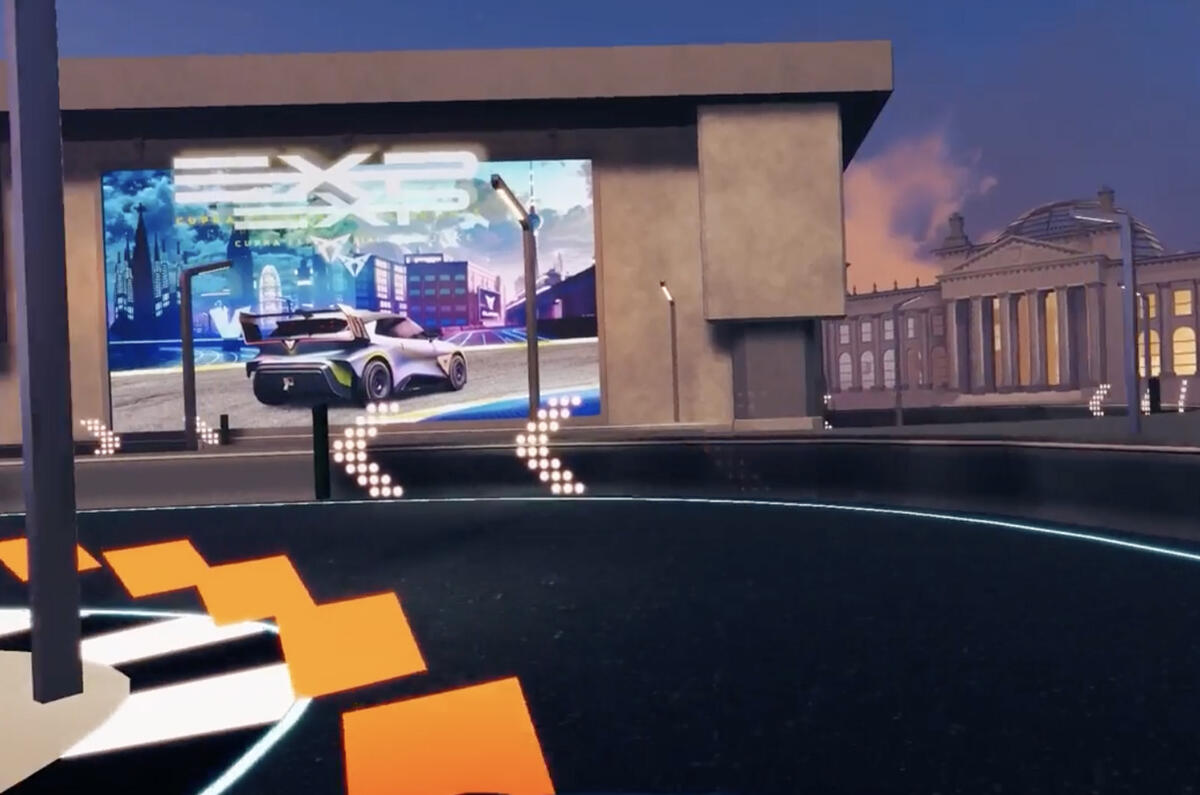
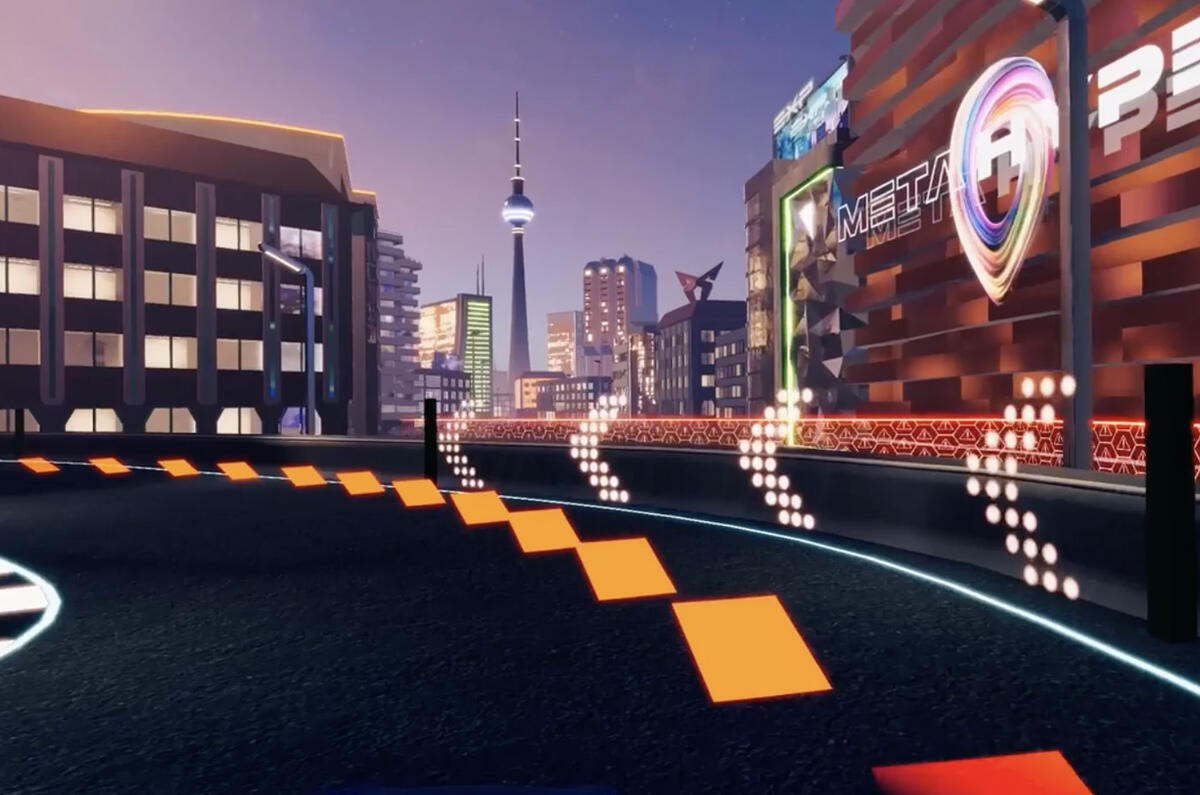
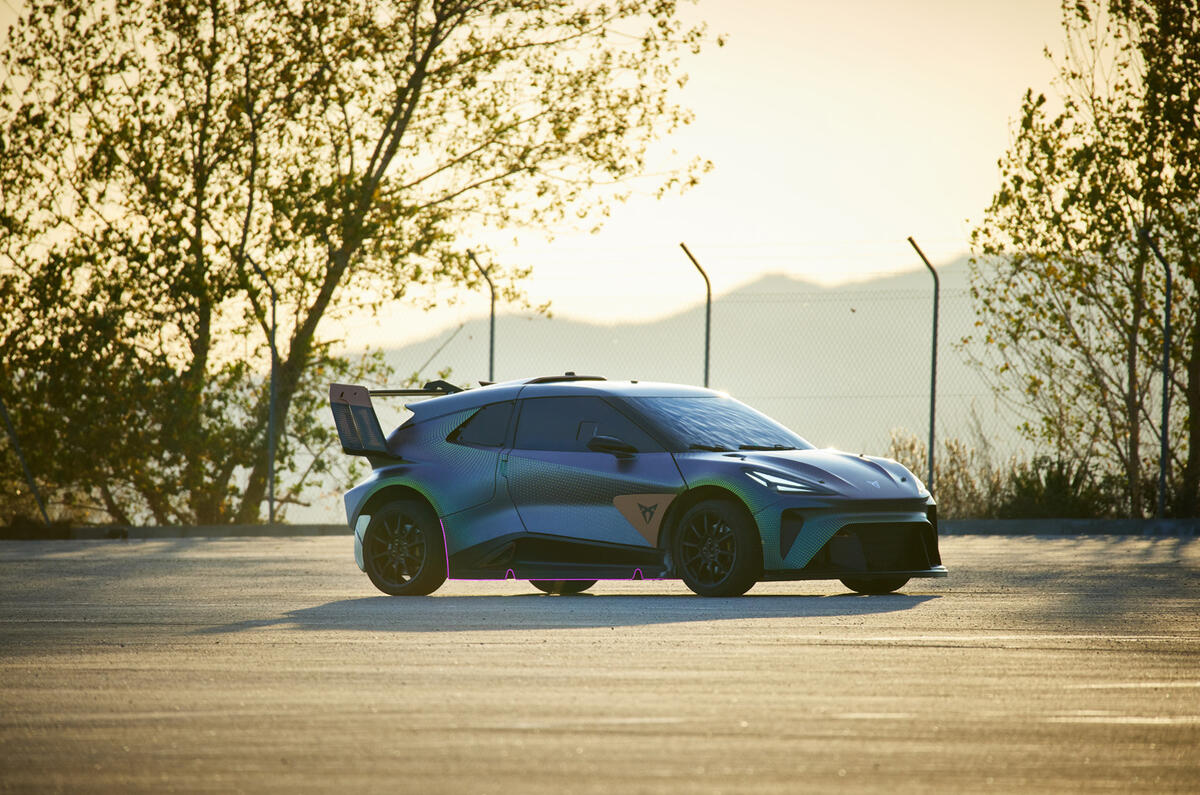
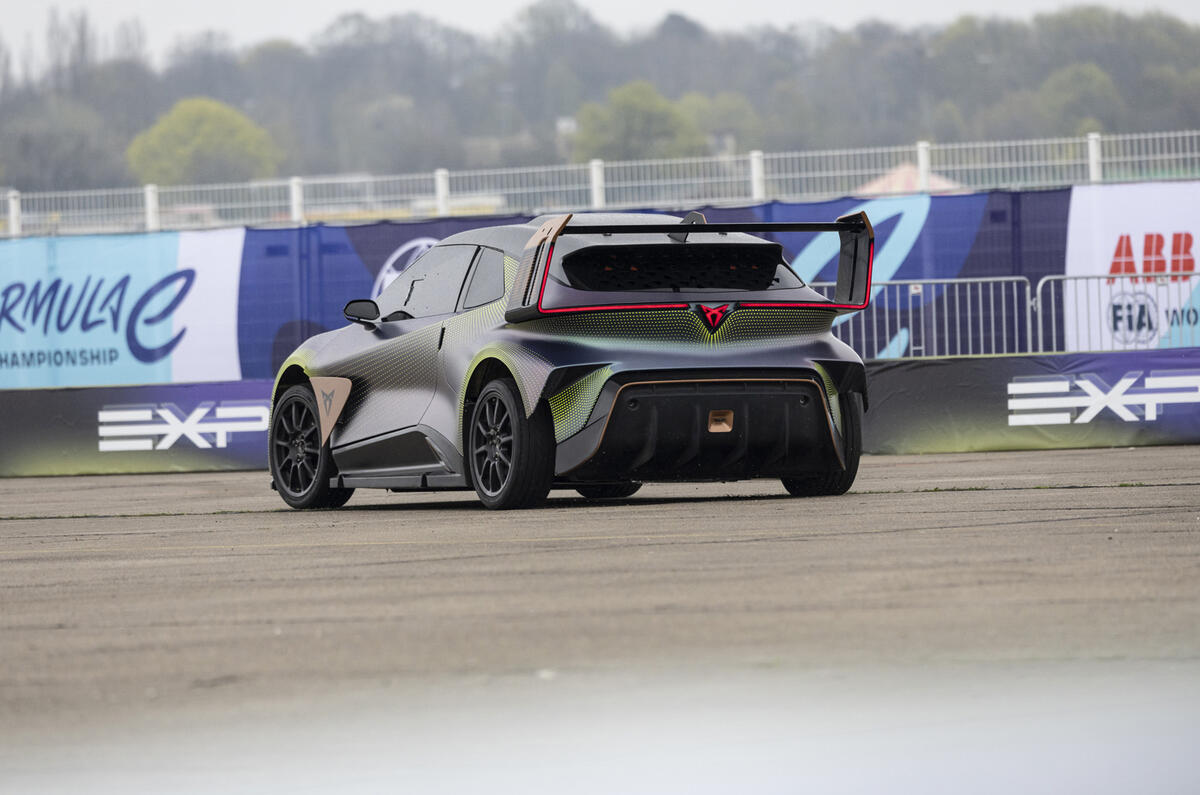
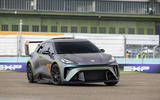
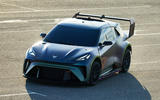
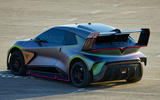
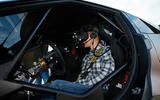
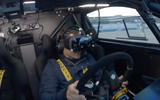
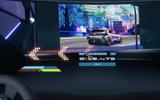
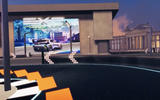
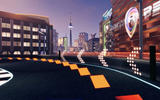
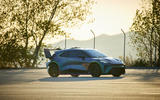
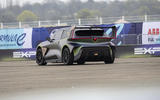









Join the debate
Add your comment
But, in a simulator you can crash as many times as you like, right?, whereas in the real world you only crash once hopefully the car still works?, that you've not sustained any injuries?